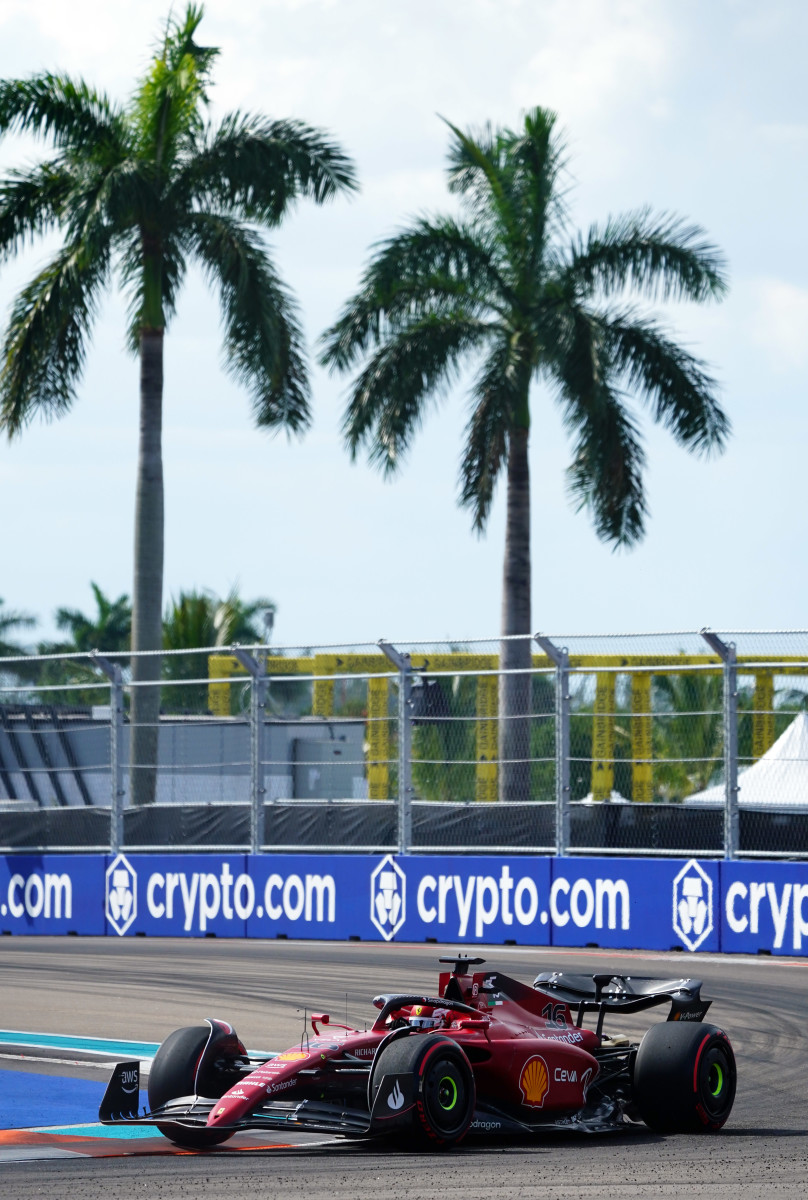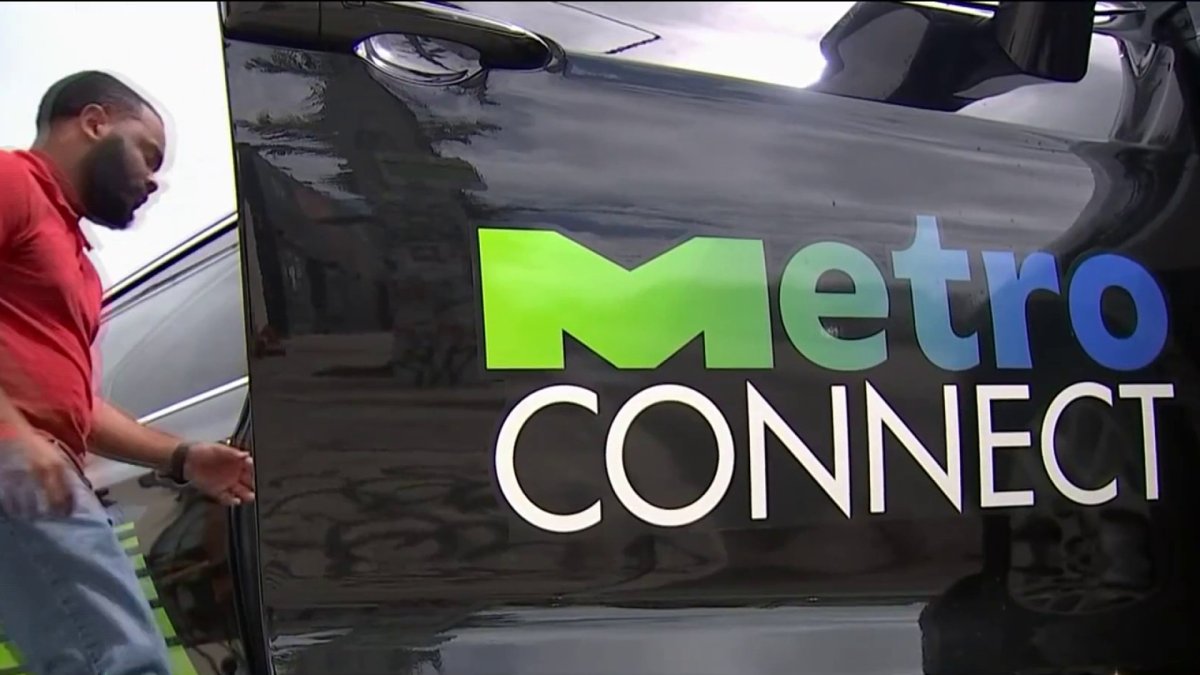Miami F1 race: What went right and what needs improvement for next year’s race
The roar and fury that made up the first-ever Formula One Grand Prix of Miami were like nothing we ever experienced before, and that’s only considering the reaction from the fans and the media.
The event itself was chock full of celebrities, partying, construction of an imaginary marina, and somewhere in the midst of all that, a Grand Prix race. After having taken a few days to take a breath, it’s time to evaluate the results and talk about what the series can and should do to improve the event for next year.
And in case you’re questioning whether there is a guarantee of there even being a next year, the financial success of the event leaves little doubt that Formula One is already deciding where the race will be on the 2023 calendar.
The stands were packed, with fans paying ticket prices on par with many of the world’s top sporting events. And it wasn’t just tickets – one breakdown using some common purchasing patterns figured that the cost of a family of four attending the event would be $2,300 (not including transportation or accommodations).
F1 interest in America continues to surge, and right now it looks like series owner Liberty Media is not having any regrets about its recent decision to add a third United States race in Las Vegas next year.
As for the race itself, reactions were mixed. For the fans the long straightaways paired with the new design regulations that improve the ease of following and passing brought hope of a wild shootout with cars using DRS to rip past one another.
There were also predictions of yellow flag-creating havoc, as drivers learned to deal with heavy braking zones on an unfamiliar track, and a final sector described as a “mistake generator.”
Ferrari driver Charles Leclerc races into Turn 1 during qualifying for the Miami Grand Prix at Miami International Autodrome. Photo: John David Mercer / USA Today Sports
The first half of the race turned out to provide very little of the promised excitement, and the online chatter was dominated by comments with variants on “boring” and “bring on the rain”. Max Verstappen was able to get by pole-sitter Charles Leclerc fairly early, but as the laps were counted off it began to be clear that the Red Bull was simply a faster car.
Unlike Red Bull, Ferrari has yet to make any of their in-season updates, and has given up the advantage in speed they seemed to have at the beginning of the year (they hope to change this soon), leaving Leclerc helpless against the defending champion. But for the most part, cars seemed unable to challenge for position.
Esteban Ocon gave one explanation for the inability of cars to pursue and chase down their competitors when he stated in a post-race interview – “There was only one line. The tarmac … with the heat, is breaking up, so it was hard to make moves”.
Verstappen added that once you got off the racing line it “almost feels like gravel.” Following a heavy collision between Lando Norris and Pierre Gasly, the race turned chaotic as the bunched-up field began to attempt to overcome the limitations of the surface.
Clean passing still proved difficult to achieve, as the midfield battling resulted in two more collisions and two penalties for cars going beyond track limits to gain an advantage. While the safety car succeeded in turning up the intensity of the action, it did little to improve the overall opinion of the product being presented.
Taking the high prices out of consideration — one example: team baseball caps were going for anywhere between $80 and $150! — the overall spectacle of the Miami International Autodrome was a big hit. Even the fake marina, subject of much derision upon its construction, was actually a fun, kitschy visual that gave off an “only in Miami” vibe, along with the multiple “Miami Vice” references.
Fans at the event appeared for the most part to have had a great time, despite the Florida heat, and a catastrophic catering accident that had VIPs dining on lowly chicken and burgers (okay, maybe it wasn’t all that catastrophic). A brief rainstorm led to some excited responses among international fans, but not among Americans more familiar with the typical Florida weather forecast.
The big takeaway for F1 is that the event will require improvements if the series is to have a long-term future at the facility. The most important and perhaps most difficult immediate challenge is the surface. Engineers had developed a unique asphalt mixture to deal with the Miami climate, but Ocon and other drivers were not happy with the results.
Organizers now have the better part of a year to improve the surface, but also have to solve not just the Florida heat but also the Florida regulations which require use of local materials and local asphalt companies.
The event could certainly benefit from an earlier date on the calendar (a late-season appearance is likely out of the question due to the difficulty of coordinating with the NFL), although the series currently spends March on the other side of the planet.
Improving the track layout is also high on the priority list for the venue. Miami’s unique position as a temporary “street” circuit that doesn’t actually use public streets makes the physical aspect of changing the turns relatively easy but determining a layout that will satisfy drivers and fans is more challenging.
Tom Garfinkel, managing partner of the Miami Grand Prix, promises to maximize efforts using driver feedback to find the best possible design. Whatever else is changed, 2023 will certainly see the addition of Tecpro barriers, F1’s version of energy-absorbing walls, whose absence led to criticism following heavy crashes involving Econ and Carlos Sainz.
While the reaction to the latest F1 venue might have ventured heavily into the hyperbolic, in reality, Miami put on a decent show for a first-time event.
Obviously, there is plenty of room for improvement, but it can only be in the best interest of the organizers to get those improvements made, and aim to be the high point of the series calendar in the future.
Whether they are able to maintain the level of interest in the people who can afford their prices, is something we’ll have to wait to find out.



